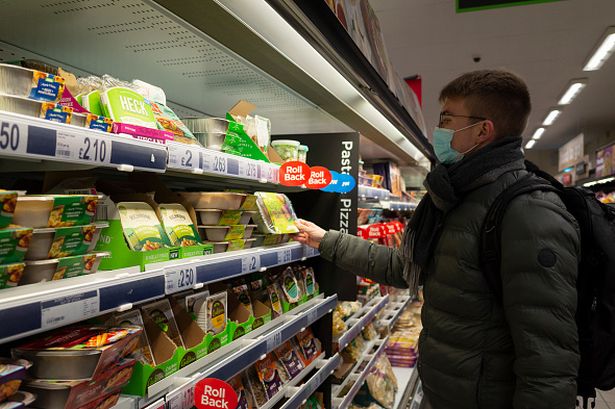A restaurant on the outskirts of Nairobi skimps on the size of its chapatis — a flaky, chewy Kenyan flatbread — to save on cooking oil. Cash-strapped Pakistanis reluctantly go vegetarian, dropping beef and chicken from their diets because they can no longer afford meat.
In Hungary, a cafe pulls burgers and fries off the menu, trying to dodge the high cost of oil and beef.Around the world, food prices are persistently, painfully high. Puzzlingly, too. On global markets, the prices of grains, vegetable oil, dairy and other agricultural commodities have fallen steadily from record highs. But the relief hasn’t made it to the real world of shopkeepers, street vendors and families trying to make ends meet.
“We cannot afford to eat lunch and dinner on most days because we still have rent and school fees to pay,” said Linnah Meuni, a Kenyan mother of four.
She says a 2-kilogram (4.4-pound) packet of corn flour costs twice what she earns a day selling vegetables at a kiosk.
Food prices were already running high when Russia invaded Ukraine in February last year, disrupting trade in grain and fertilizer and sending prices up even more. But on a global scale, that price shock ended long ago.
The United Nations says food prices have fallen for 12 straight months, helped by decent harvests in places like Brazil and Russia and a fragile wartime agreement to allow grain shipments out of the Black Sea. Yet somehow exorbitant food prices that people have little choice but to pay are still climbing, contributing disproportionately to painfully high inflation from the United States and Europe to the struggling countries of the developing world.
Food markets are so interconnected that “wherever you are in the world, you feel the effect if global prices go up,” said Ian Mitchell, an economist and London-based co-director of the Europe program at the Center for Global Development.
Why is food price inflation so intractable, if not in world commodity markets, then where it counts — in bazaars and grocery stores and kitchen tables around the world?
Joseph Glauber, former chief economist at the US Department of Agriculture, notes that the price of specific agricultural products — oranges, wheat, livestock — are just the beginning.In the United States, where food prices were up 8.5 per cent last month from a year earlier, he says that “75 per cent of the costs are coming after it leaves the farm.
It’s energy costs. It’s all the processing costs. All the transportation costs. All the labor costs.’’ And many of those costs are embedded in so-called core inflation, which excludes volatile food and energy prices and has proven stubbornly hard to wring out of the world economy. Food prices soared 19.5 per cent in the European Union last month from a year earlier and 19.2 per cent in the UK, the biggest increase in nearly 46 years.After the 2022 elections, President William Ruto ended subsidies meant to cushion consumers from higher prices. Nonetheless, he has promised to bring down corn flour prices.
Kenyan millers bought wheat when global prices were high last year; they also have been contending with high production costs arising from bigger fuel bills.In response, small Kenyan restaurants like Mark Kioko’s have had to raise prices and sometimes cut back on portions.
“We had to reduce the size of our chapatis because even after we increased the price, we were suffering because cooking oil prices have also remained high,” Kioko says.

















